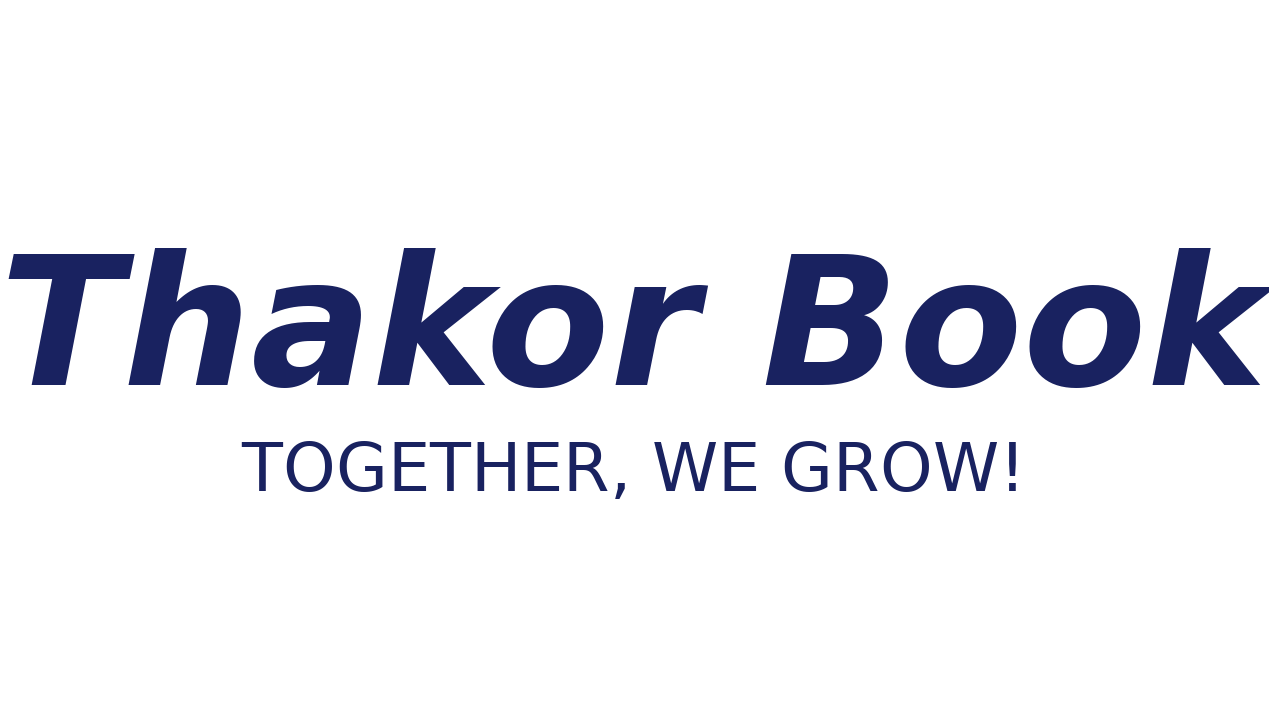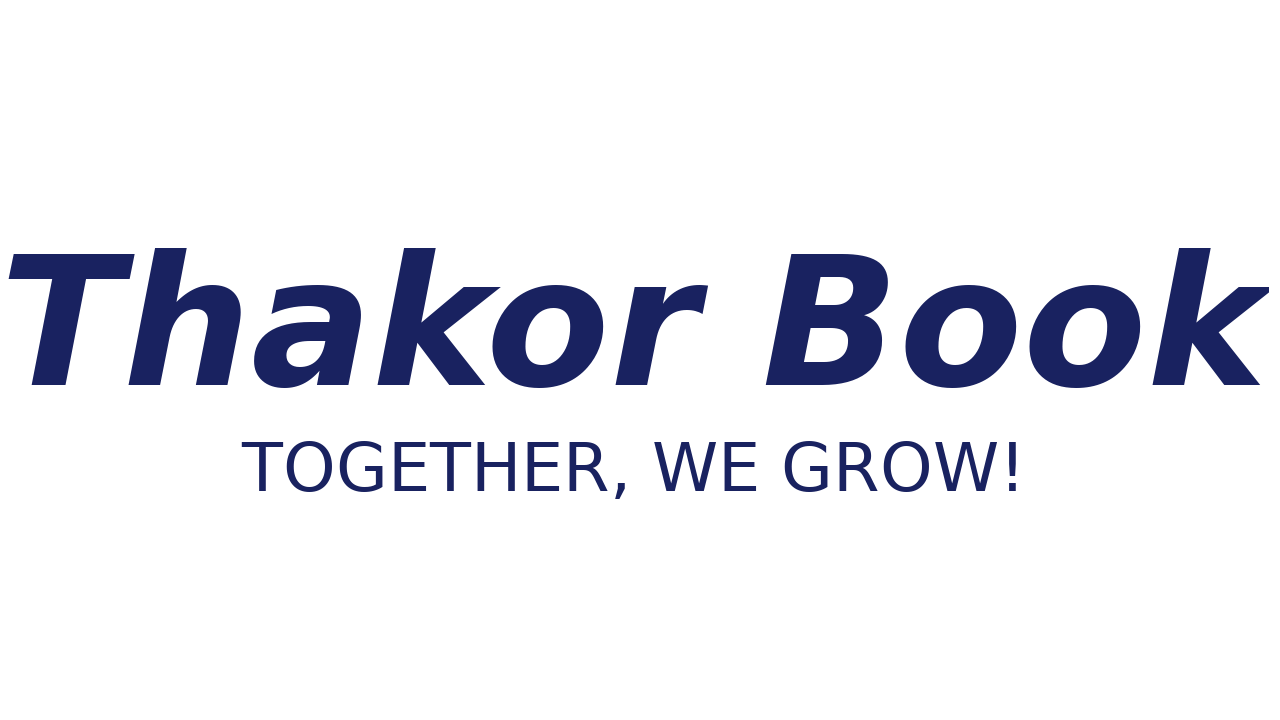Can a Tension Controller from Cbbmachine Support Your Line

In many production lines, a Tension Controller offered by Cbbmachine plays a steady role in guiding how materials move through each processing stage. Its main purpose is to maintain a consistent pull across substrates that may differ in texture, firmness, or responsiveness. By applying measured control rather than abrupt correction, it helps operators avoid sudden fluctuations that could disturb the flow of the line. This steadiness contributes to an environment where movement feels coordinated, allowing teams to handle transitions with a sense of calm and clarity.
At the core of its functionality is a design that responds gradually to shifts in material behavior. Instead of rapidly forcing adjustments, the controller senses the natural changes in motion and applies balanced regulation. This supports the integrity of materials that require gentle handling. Smooth correction reduces risks such as curling, slack formation, or edge irregularity. By maintaining even tension, the device assists in creating a reliable path from the moment material enters the system until it reaches its final stage.
Integration is another point of strength. Many operators prefer equipment that aligns with their existing setups without complicated steps. The controller's interface and operational structure fit neatly into typical line configurations, reducing the learning curve and preventing workflow interruptions. Installation remains straightforward, and routine adjustments can be managed with minimal disruption. This sense of familiarity encourages teams to navigate daily operations with confidence.
The internal components are built with consistency in mind. As the controller responds to repeated cycles, it retains dependable performance that allows technicians to plan tasks more effectively. Predictable behavior reduces uncertainties that often arise when working with varied substrates. With greater control over movement and pull, teams can arrange task sequences, material changes, and timing adjustments in a more orderly manner.
Adaptability is especially important in facilities where production requirements shift frequently. The controller's ability to accommodate different tension ranges without dramatic recalibration helps maintain momentum. Whether the material is flexible or firm, light or structured, the controller supports a stable pull that protects the integrity of the roll. Operators can move between tasks knowing that transitions will not cause abrupt changes in handling.
Over time, familiarity with the controller's responses enhances operational awareness. As operators learn how it behaves across different conditions, adjustments become intuitive. This clarity reduces hesitation and supports faster yet controlled decision making. Whether starting a new roll, managing mid-cycle movement, or completing the final wind, the process remains deliberate and consistent.
As manufacturing landscapes continue to evolve, devices that stabilize material movement hold subtle but meaningful influence. They shape the tone of daily work, supporting rhythm, precision, and coordination across the line. Their presence helps create a working environment where each shift feels manageable and each transition remains predictable.
If this perspective encourages you to rethink the role of tension in your workflow, consider visiting www.cbbmachine.com . Think of it as stepping into a quiet workshop of ideas, where each page offers a fresh angle on practical mechanical insight.
- Art
- Causes
- Crafts
- Dance
- Drinks
- Film
- Fitness
- Food
- Jocuri
- Gardening
- Health
- Home
- Literature
- Music
- Networking
- Alte
- Party
- Religion
- Shopping
- Sports
- Theater
- Wellness


